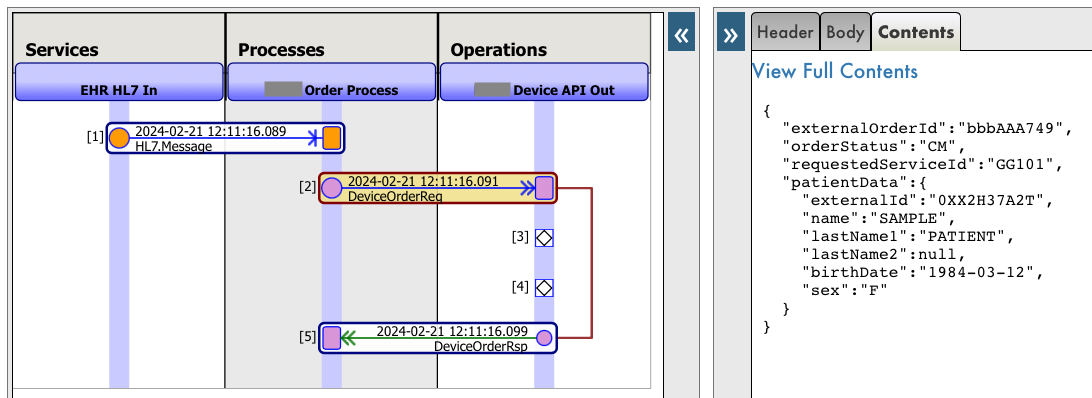I have json equivalent persistent object in pjsonObj variable. Final JSON example below.
{
"Document": {
"FileExtension": "pdf",
"FileContent": "JVBERi0xLjUNCiW1tbW1DQo...(very large bsae64 string)"
}
}
Here FileContent field in json will contain converted base64 string of very large pdf(10pages). I need to submit this json as a payload to REST endpoint.
below code is working fine.


.png)